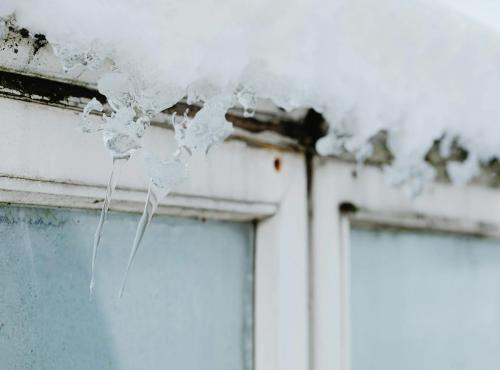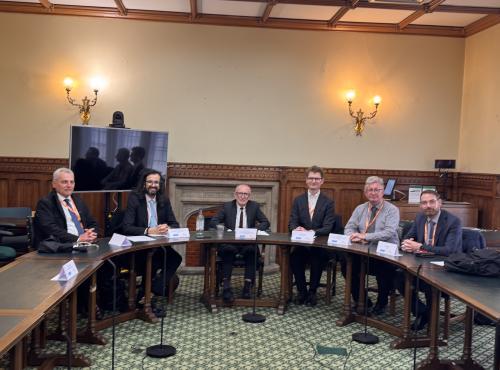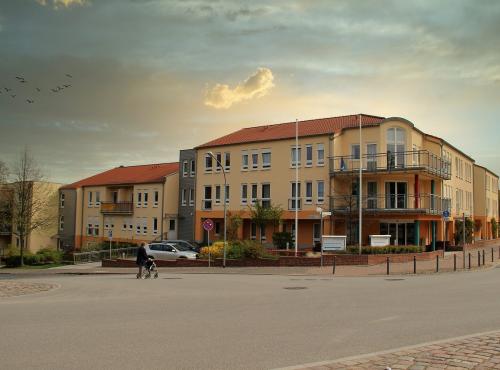How does the UK measure up on carbon monoxide safety? A European analysis
As the laws for carbon monoxide alarms expand across the UK this year, the All-Party Parliamentary Carbon Monoxide Group (APPCOG) assesses how the UK ranks on carbon monoxide safety when compared with other European countries. Findings on the levels of poisoning, deaths due to carbon monoxide poisoning, and regulations on carbon monoxide alarms have been examined for Germany, France, Poland, Italy, Ireland, and Denmark.
Key findings:
- The UK and Ireland are the only countries to mandate carbon monoxide alarms.
- Largely, the UK is comparable to all countries in relation to reported poisonings and deaths except Poland and Italy, where reliable data was not available.
- The data available in each country was limited and reported in varied sources.
In the UK, most experts in the field agree that improved data on carbon monoxide poisoning is needed; to assess the scale of the issue, understand how best to treat those affected, and learn to prevent poisonings in the future. There are many organisations collecting data on carbon monoxide incidents and injuries, but reports are not consistent or cross-referenced. This matter was explored in detail in the APPCOG’s workshop ‘Better Data on CO: A system that works for all’ which was chaired by Baroness Finlay in April 2021.
Carbon Monoxide in England and Wales
There were 24 non-fire related accidental deaths from carbon monoxide poisoning, registered in England and Wales for 2019 (Office for National Statistics) (45% of the 53 total accidental fatalities), and the government estimated in 2011 that 4000 cases of carbon monoxide poisoning result in a trip to A&E. Many believe that these numbers may be the tip of the iceberg, as exposure to carbon monoxide at sub-lethal levels causes non-specific symptoms, (e.g., headaches, nausea, dizziness). Non-specific symptoms, in addition to low clinical awareness are thought to contribute to under-reporting of carbon monoxide poisoning
The latest data from National Poisons Information Service indicates 60% of exposures occur in the home. Therefore, it is good news that carbon monoxide alarm regulations will expand for homes across all the UK’s four nations. Many more domestic properties will be required to have carbon monoxide alarms, which alert households to dangerous levels of carbon monoxide exposure. For more details on the new regulations and what they mean, see our regulations run down.
Carbon monoxide in Europe
On 26 October, the European Commission proposed a revision of the Ambient Air Quality Directives, which will align EU air quality standards more closely with World Health organisation guidelines. For carbon monoxide, the maximum daily 8 hour mean must not exceed 10 mg/m3 and 4 mg/m3 for 24 hour mean. These air quality standards are key to the EU’s ambition to have an environment free of harmful pollution by 2050.
A 2012 study published in the International Journal of Indoor Environment and Health, assessed the mortality associated with exposure to carbon monoxide in WHO European Member States, concluding:
- Carbon monoxide poisoning is a serious threat, causing hundreds of deaths per year in Europe.
- Gas equipment, heating devices and other indoor combustion appliances need to be manufactured and installed to the highest level of product safety.
- Improved collection and analysis of carbon monoxide exposure data is needed at both national and international levels.
The EU does not have the power to mandate the installation of carbon monoxide alarms in homes, this rests with the member states themselves. However, the EU and the European Free Trade Association (EFTA) officially recognise the three European Standardisation Organisations (CEN, CENELEC and ETSI). EN 50291 is the standard applied to alarms across Europe. In the UK, the same standard is certified by British Standards, BS EN 50291.

Germany
According to a survey carried out by the German Federal Institute for Risk Assessment (BfR) in 2016, only 15% of respondents owned a carbon monoxide detector. German Federal Health Monitoring System recorded 118 deaths due to accidental carbon monoxide poisoning in 2020. Carbon monoxide alarms are not mandated.
France
According to Santé Publique France, nearly 4,000 cases of carbon monoxide poisoning require immediate medical care every year and 100 cases result in death. In 2004, the French Ministry of Health made the fight against carbon monoxide poisoning a national priority (included in the French NEHAP 2004-2008 and in the 2004 Law on public health strategy). This strategy is organised along three axes:
- Establishing a surveillance system;
- Strengthening regulation;
- Intensifying information campaigns.
A carbon monoxide surveillance system was coordinated by the French Institute of Sanitary Surveillance in 2005 to foster better characteristics of exposure events such as social and temporal distribution, circumstances of exposure and risk factors.
There are no regulations for carbon monoxide alarms, however, emphasis lies in prevention. There is a legal requirement to ensure regular maintenance of boilers using gas or fuel oil, but no sanction for non-compliance exists.
Poland
In a study looking at poisonings reported to the Polish Health Fund from 2009-11, carbon monoxide was the second most common diagnoses of patients hospitalised due to poisonings, with 12,333 cases. Carbon monoxide was the cause of 57 fatal poisonings reported in the 2009–2011 period. According to Centrum Ratownictwa, approximately 2,000 people are poisoned each year and 100 deaths occur. However, it is unclear how many of these are accidental and non-fire related. These varying figures highlight the difficulty in attaining reliable data.
Our analysis did not reveal any regulations for carbon monoxide alarms. Interestingly, an awareness campaign involving Grey Poland, the Polish Fire Department and three of Poland’s biggest retailers urged people to test their vents using leaflets. The campaign was based on the premise that free flowing vents would disperse any build-up of carbon monoxide.
Italy
Although no exact figure for deaths caused by carbon monoxide poisoning could be found, it is reported that there are approximately 5,000 serious accidents per year.
A survey of 1000 people aged between 25-55 carried out by Netatmo found that only 1 out of 10 Italians have carbon monoxide alarms. This is concerning given that around 80% of poisoning cases in Italy occur within the home. Our analysis did not reveal any regulations for carbon monoxide alarms.
Ireland
On average, carbon monoxide poisoning kills 6 people in Ireland each year.
Research carried out in August 2014 found that 55% of Irish households do not have a carbon monoxide alarm.
However, on September 1st 2014, the Building Regulations (Part J Amendment) came into force. The requirements under Part J provide for the installation of carbon monoxide detectors in
- New dwellings where open flue or flueless combustion appliances are being installed.
- Existing dwellings where replacement open flue or flueless combustion appliances are being installed.
- Habitable rooms where a system chimney attached to a heat producing appliance passes within or over such rooms.
There is a well-known public awareness campaign by Gas Networks Ireland with TV ads featuring a cartoon canary called Tommy McAnairey which reminds the public of the importance of carbon monoxide safety and installing alarms. This may contribute to the low death rate.
Denmark
A study looking at individuals who suffered from carbon monoxide poisoning during 1995-2015 found that there were 94 accidental non-fire related deaths occurred from carbon monoxide poisoning, an average of 4.7 a year. 718 accidental deaths occurred from carbon monoxide poisoning due to smoke from fire/flames.
The study noted that sadly suicide and suicide attempts contributed heavily to the total number of mortalities and hospital admission due to carbon monoxide poisoning. Suicide accounted for 91.1% of deaths due to non-fire related carbon monoxide poisoning.
Research did not reveal any regulations for carbon monoxide alarms.
Difficult data
Despite the significant variation in the sources and metrics of data on carbon monoxide related poisoning, death and regulation, some broad conclusions can be drawn. The UK and Ireland lead the way in alarms regulation while deaths due to carbon monoxide poisoning in England and Wales (0.10 per 100k) are the second lowest of the countries included with reliable mortality data. What is clear is that consistent data at both the national and international level would bring significant added value to assessing and addressing the harm caused by carbon monoxide exposure and poisoning.
Raising awareness is a key part of the public heath response to carbon monoxide in both France and Ireland. APPCOG leads the annual Carbon Monoxide Awareness Week campaign in Britain running 21 – 27 November in 2022. Help reduce harm from carbon monoxide by joining the campaign today!
- Download your free digital asset kit
- Look out for #COAW on social media
- Email laura.fatah [at] policyconnect.org.uk (Laura[dot]Fatah[at]policyconnect[dot]org[dot]uk) to join the campaign mailing list




